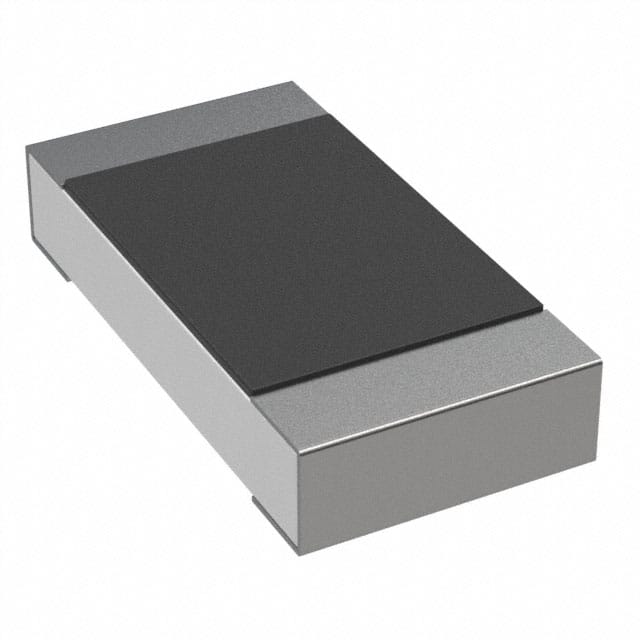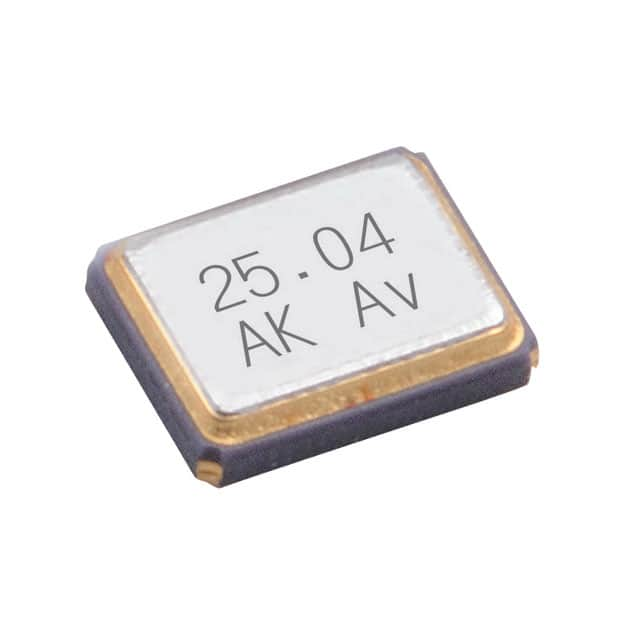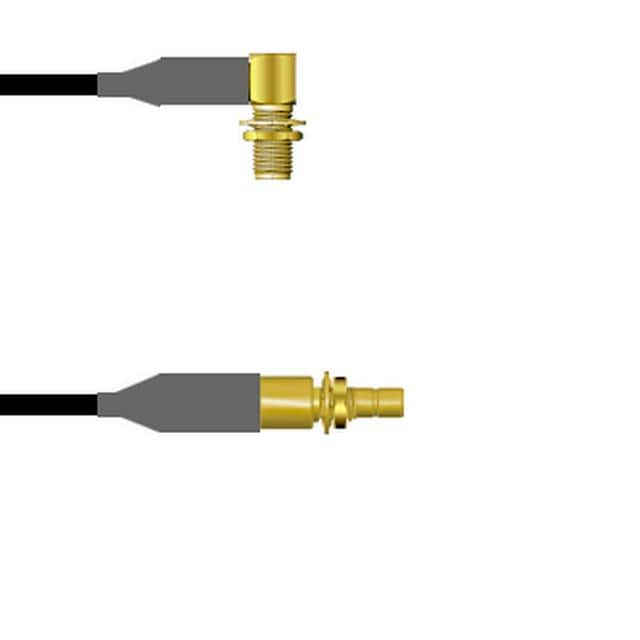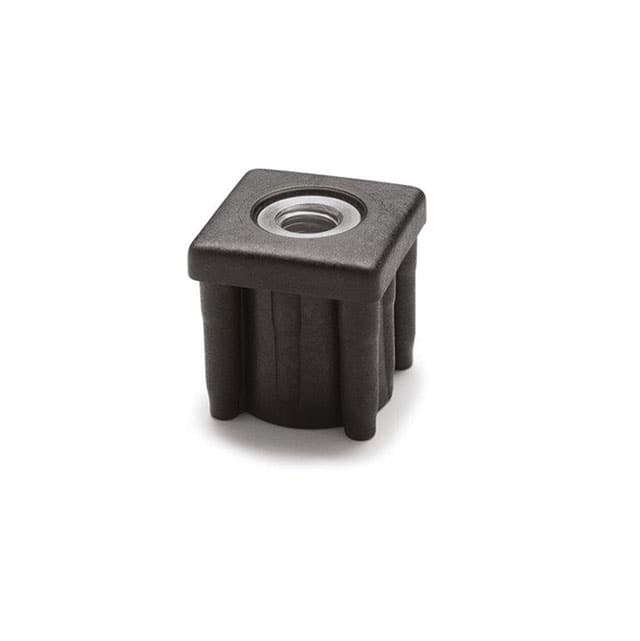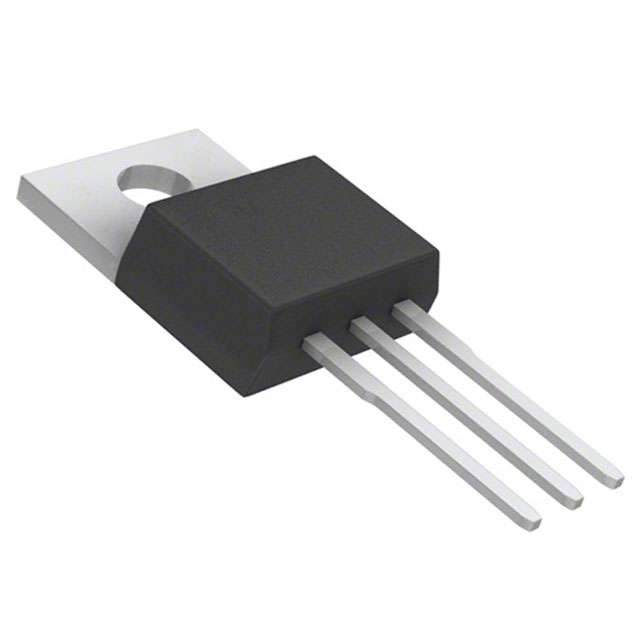The part number HEF4021BTTJ corresponds to a specific integrated circuit, namely the HEF4021B. Here are some details about the HEF4021BTTJ:
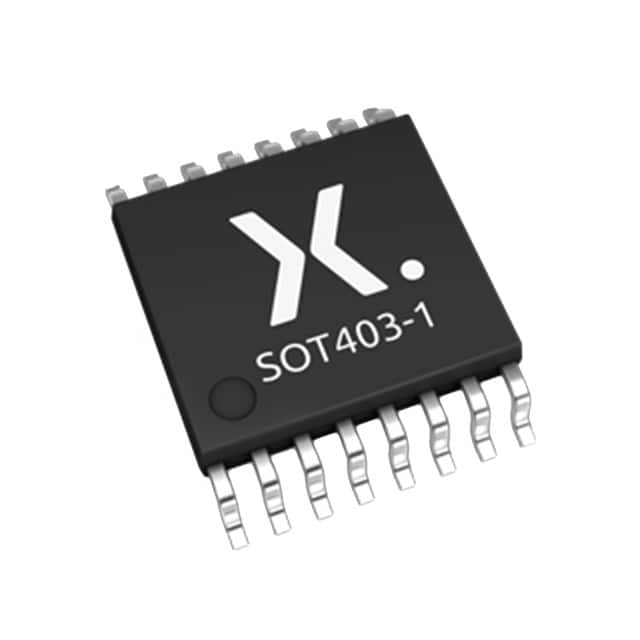
Manufacturer: Nexperia
Part Number: HEF4021BTTJ
Description: The HEF4021B is an 8-stage static shift register IC with a parallel input and a serial output. It is commonly used for parallel-to-serial data conversion or as a basic building block in various digital applications.
Key Features:
1.Parallel Input: The HEF4021B has an 8-bit parallel input that allows data to be loaded into the shift register.
2.Serial Output: It provides a serial output that allows the shifted data to be read out.
3.Shift Register: The device functions as an 8-stage static shift register, meaning that data can be shifted through the stages.
4.Clock Input: The shift register is clocked by an external clock signal applied to the Clock (CLK) input.
5.Output Enable (OE) Input: The OE input enables or disables the serial output.
6.Wide Voltage Range: The HEF4021B operates over a wide voltage range, typically from 3V to 15V, making it compatible with various supply voltages.
7.Package Type: The "TTJ" in the part number indicates that the device is packaged in a Thin Shrink Small Outline Package (TSSOP), which is a compact surface-mount package with exposed pads for improved thermal dissipation.
Please note that these are general features and specifications associated with the HEF4021B. To obtain precise and comprehensive information, I recommend referring to the datasheet provided by Nexperia for the HEF4021BTTJ or contacting their technical support for specific part number details.
Here are some common product parameters for the part number HEF4021BTTJ, based on the general specifications of the HEF4021B integrated circuit:
1.Supply Voltage (VDD): The recommended operating voltage range for the HEF4021BTTJ is typically from 3V to 15V.
2.Input Voltage (VIH, VIL): The input voltage thresholds for logic high (VIH) and logic low (VIL) levels depend on the specific voltage supply used and the device's specifications. These thresholds define the voltage ranges for reliable logic level detection.
3.Output Voltage (VOH, VOL): The output voltage levels depend on the specific voltage supply used and the device's specifications. These levels determine the voltage ranges for logic high (VOH) and logic low (VOL) outputs.
4.Input/Output Current (IIN, IOUT): The maximum input current that can be applied to the inputs and the maximum output current that can be sourced or sunk by the outputs are important parameters to consider for proper circuit operation.
5.Operating Temperature Range: The HEF4021BTTJ is typically designed to operate within a specified temperature range, such as -40°C to +85°C. It is important to adhere to these temperature limits for reliable and accurate performance.
Please note that these parameters are general guidelines, and the actual specifications for the HEF4021BTTJ may vary. It is recommended to refer to the official datasheet provided by the manufacturer or contact their technical support for the specific part number details and accurate parameter values.
Tags:HEF4021BTTJ

